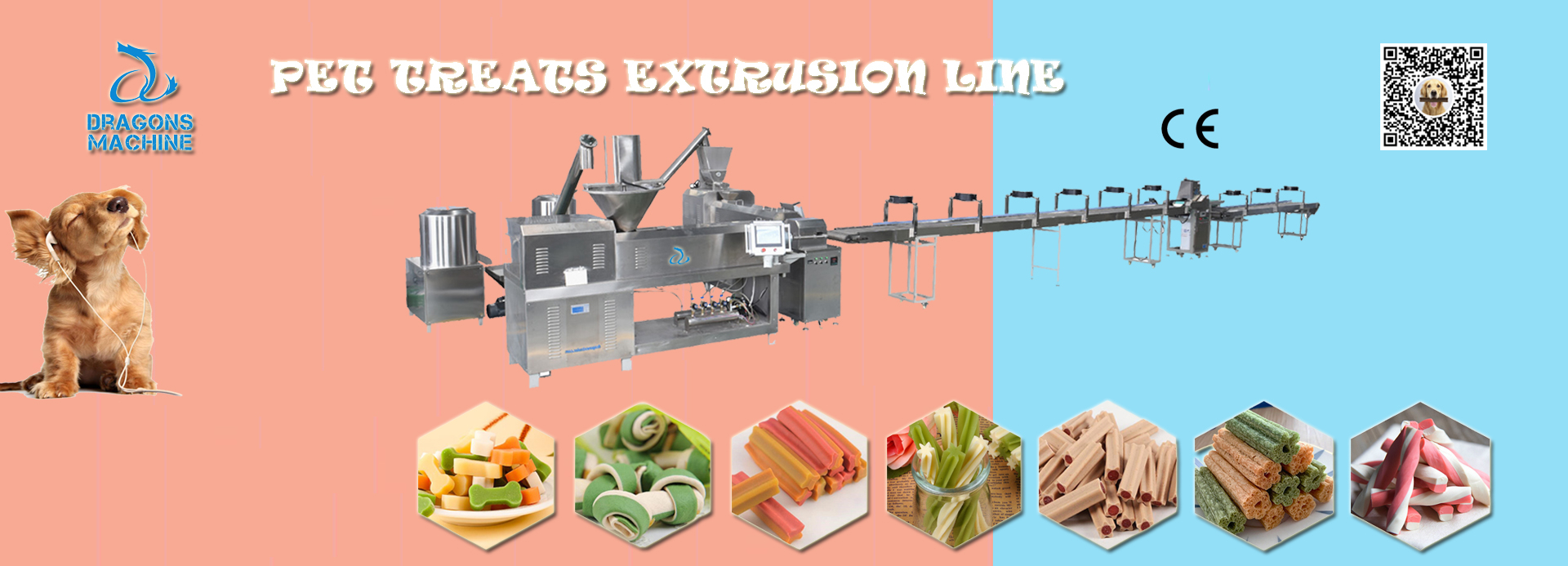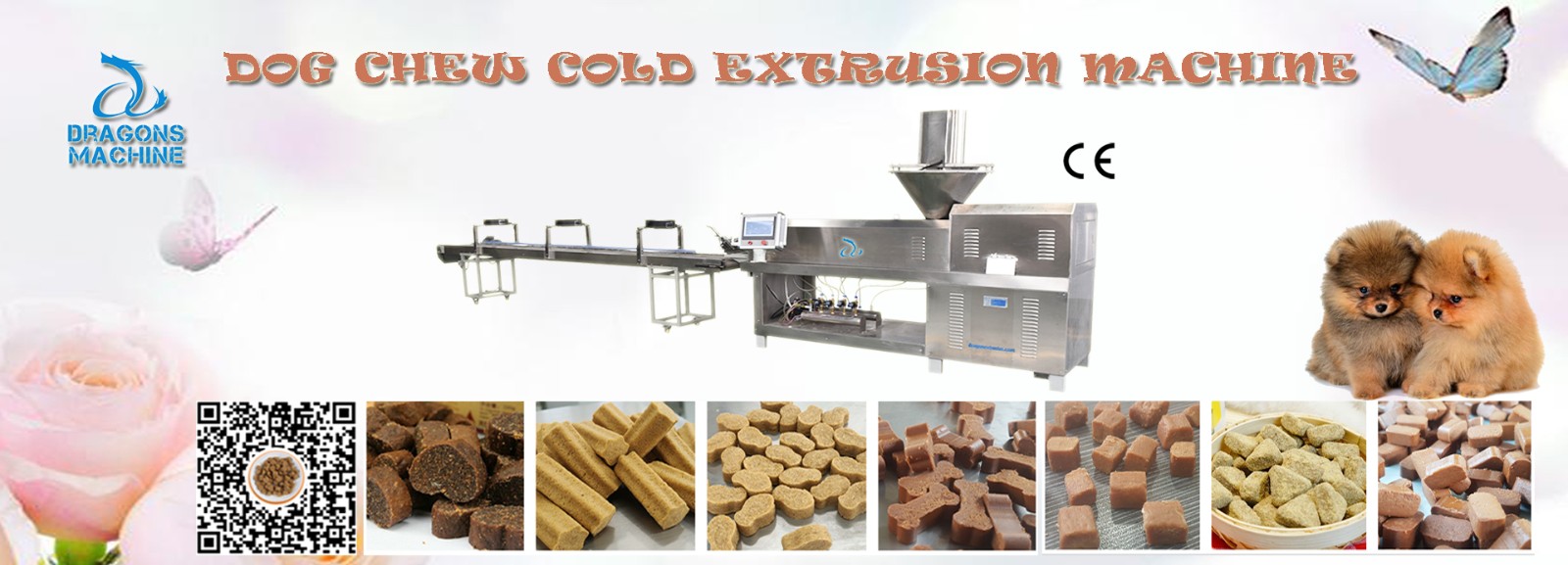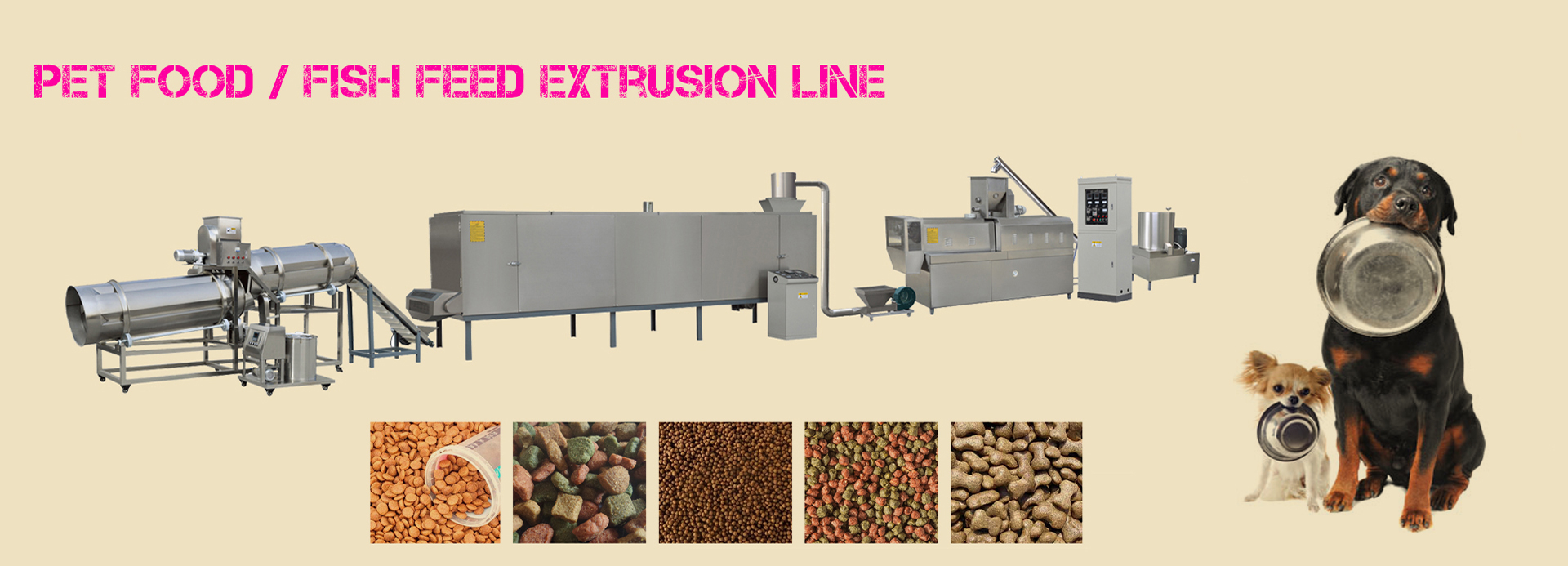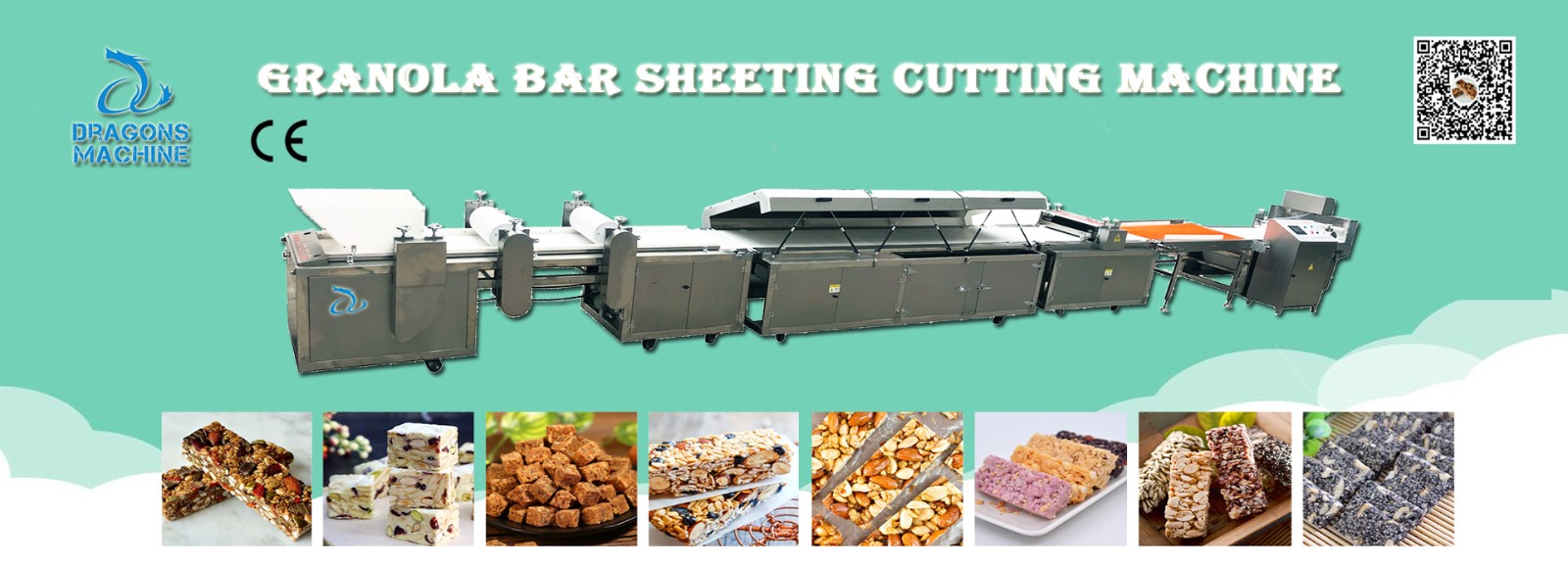How to operate the food extrusion machine?
Operating a food extrusion machine comprises several steps, which can differ based on the specific machine being utilized. However, the general procedure for operating a food extrusion machine includes the following:
Ingredient preparation: Begin by preparing the ingredients in accordance with the recipe or formulation being used. This may entail mixing, grinding, or chopping the ingredients to the required size.
Hopper loading: Once the ingredients are prepared, load them into the hopper of the extrusion machine. Ensure that the hopper is not overfilled to prevent jamming or clogging of the machine.
Start the machine: Power on the extrusion machine and set the temperature, speed, and pressure to match the requirements of the food product you are producing.
Extrude the product: As the machine initiates operation, the ingredients will be fed into the extrusion barrel, where they undergo heating and compression. Subsequently, the product will be extruded through the die at the barrel's end, shaping it according to the desired form.
Trim the product: Once the extruded product reaches the desired length, use a cutting device connected to the extrusion machine to trim it to the appropriate size.
Cool and package the product: Following cutting, the product might require cooling and drying prior to packaging. This process may entail utilizing a cooling conveyor or a separate drying apparatus, depending on the product type.
Clean the machine: Conclusively, ensure thorough cleaning of the extrusion machine post-operation to prevent contamination and uphold its durability.
It's crucial to adhere to the manufacturer's guidelines when operating the extrusion machine and to exercise caution when handling hot equipment and sharp cutting tools.
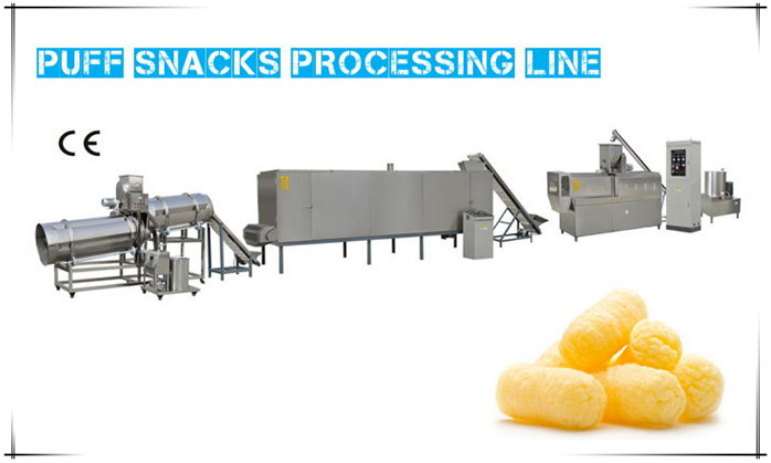
How to produce premium quality puffed snacks with the extrusion machine?
To produce premium quality puffed snacks extrusion machine, you need to follow some specific steps and considerations. Here are some tips:
Select high-quality ingredients: The quality of ingredients directly influences the taste, texture, and nutritional value of the final product. Opt for fresh ingredients devoid of contaminants, with optimal moisture content.
Choose the appropriate extrusion machine: Not every extrusion machine is tailored for producing puffed snacks. Ensure the selection of a machine explicitly designed for this purpose, equipped with suitable die and screw configurations.
Manage the process parameters: Parameters like temperature, moisture content, screw speed, and pressure in the extrusion process significantly influence the quality of your puffed snacks. Diligently monitor and regulate these parameters to attain the desired texture, flavor, and appearance.
Select the suitable die: The shape and size of the die dictate the shape and size of the final product. Choose a die that aligns with your desired snack characteristics in terms of shape, size, and texture.
Enhance flavor with seasonings: Elevate the taste and visual appeal of your puffed snacks by incorporating flavorings and seasonings. Explore natural, high-quality options like herbs, spices, and natural colorings to enrich your recipe.
Cool and preserve the product: Following extrusion, cool and dehydrate the puffed snacks to eliminate excess moisture and extend shelf life. Subsequently, package them in airtight containers to uphold freshness and quality.
Refine through experimentation: Fine-tune your puffed snack recipe by experimenting with various ingredient combinations, extrusion parameters, and die shapes. Assess the product for sensory attributes such as texture, flavor, and appearance, adjusting the recipe and process accordingly for optimal results.
















